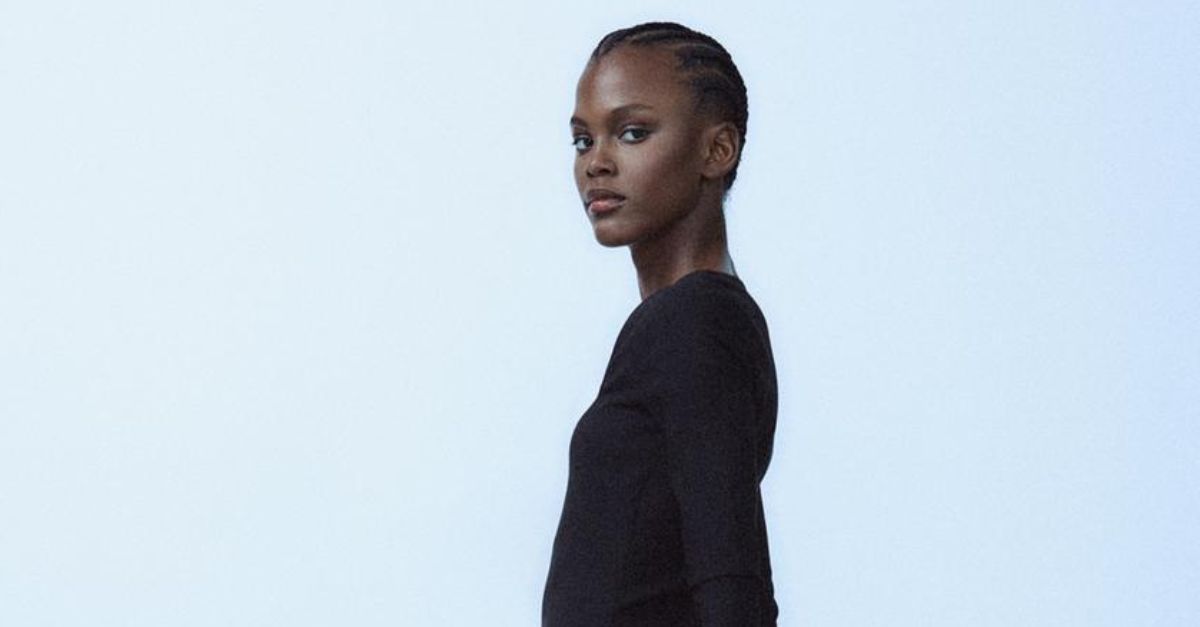PARIS – The house of Cardin has edged one small step closer to late founder Pierre Cardin’s dream of walking on the moon.
The Space Age label has teamed up with the European Space Agency, or ESA, to design the suits that astronauts will use for training at the new LUNA simulation facility in Cologne, Germany, to prepare for future missions to the moon.
German astronaut Matthias Maurer was mobbed by TV cameras on Monday as he stepped into the bulky prototype suit in a tiny room at the temporary offices in Paris where the Cardin team is based while its headquarters undergo renovations.
As Cardin president Rodrigo Basilicati-Cardin and members of his team helped Maurer into his boots and gloves, the astronaut noted that he would eventually need to be more autonomous.
“In theory, later in space, I’ll be alone with a colleague so we’re learning, but I’m very positive and very optimistic,” he said. “My feeling is that I’m happy to be well dressed.”
Maurer has experience with an actual spacesuit, having performed his first space walk in 2022 as part of a 177-day stay at the International Space Station.
“This space suit I’m wearing now is exclusively for training. It’s not at all suitable for going into space, because there, you need a lot of other useful systems. You have to have oxygen in it, you have to have a cooling system, you have to have an outer layer that maintains the pressure because in the vacuum of space, it’s dangerous if I lose the air inside,” he explained.
“Normally a spacesuit is like a small spaceship and therefore it’s tight. Right now, this system doesn’t have any cooling yet so now I’m a little hot and it’s not as comfortable as it’s going to be in the future when it’s well developed,” he added.
Matthias Maurer in the Cardin prototype astronaut training suit.
Joelle Diderich/WWD
Maurer previously took part in NASA’s underwater training program, testing exploration strategies and tools for future Mars missions, and is now project manager for the LUNA facility, which recreates the moon’s surface on Earth.
He met Basilicati-Cardin on a trip to Kourou in French Guiana to witness the launch of an Ariane rocket, and suggested they work together on the suit, which will allow astronauts to provide feedback on how their gear performs in practical situations, such as handling instruments designed to analyze moon rock.
Pierre Cardin, who famously posed in Buzz Aldrin’s astronaut suit in 1971, regretted that going to the moon was one of the few goals he was not able to achieve.
A civil engineer by training, Basilicati-Cardin has paid tribute to his great-uncle’s fascination with space by deepening the brand’s ties with the scientific community. The new initiative builds on his previous partnership with Franco-Italian aerospace manufacturer Thales Alenia Space.
The materials for the training suit were selected via an ESA study into future space materials, and incorporated some fabrics previously used for Cardin collections, including the spongy blue recycled synthetic material that lines the suit.
“Starting from those original fabrics, we compared them, selected them and discussed together what was best,” Basilicati-Cardin said. “When they’re training on LUNA, they have to wear the suit for four to six hours at a time, so it needs to be comfortable.”
Future missions promise to be more challenging as astronauts start exploring the rugged terrain of the dark side of the moon, Maurer noted.
“The shadows are so deep, you can’t tell if you’re heading into a dip or a 100-meter freefall,” he said. “The goal is to climb into fairly deep craters because down there, we hope to find water and water on the moon is a resource.”
Balancing his heavy backpack, the astronaut practiced kneeling and raising his arms, and gave the Cardin team a resounding thumbs-up.
“You can tell the difference if it was just made by engineers or if there is also somebody who knows how to work the textile. The original spacesuits that I’ve worn so far, I always have a lot of pressure points and now it feels very nice inside,” he said. “I almost lost some nails after my space walk because my gloves were too tight.”
Maurer and his colleagues will share their feedback with NASA, whose Artemis program aims to restablish a human presence on the Moon for the first time since the Apollo 17 mission in 1972. “I hope that within four or five years, we will see people walking on the moon,” he said.
Basilicati-Cardin said the brand was thrilled to play a small role in the event.
“I hope Pierre is watching us and enjoying this,” he said. “This is a thrill for the whole team because it’s been in our DNA for 50 years, so to be able to start this dialogue with the space community is already a great achievement.”







